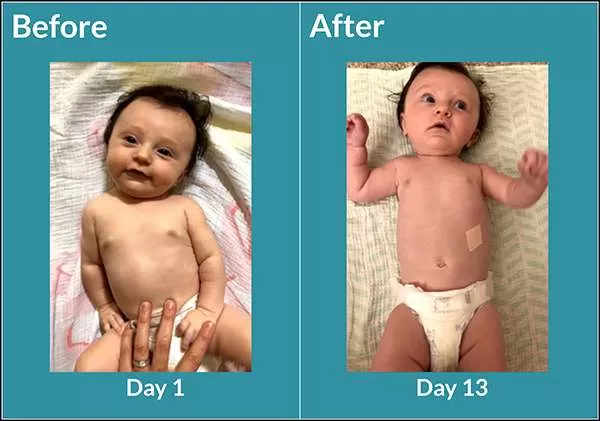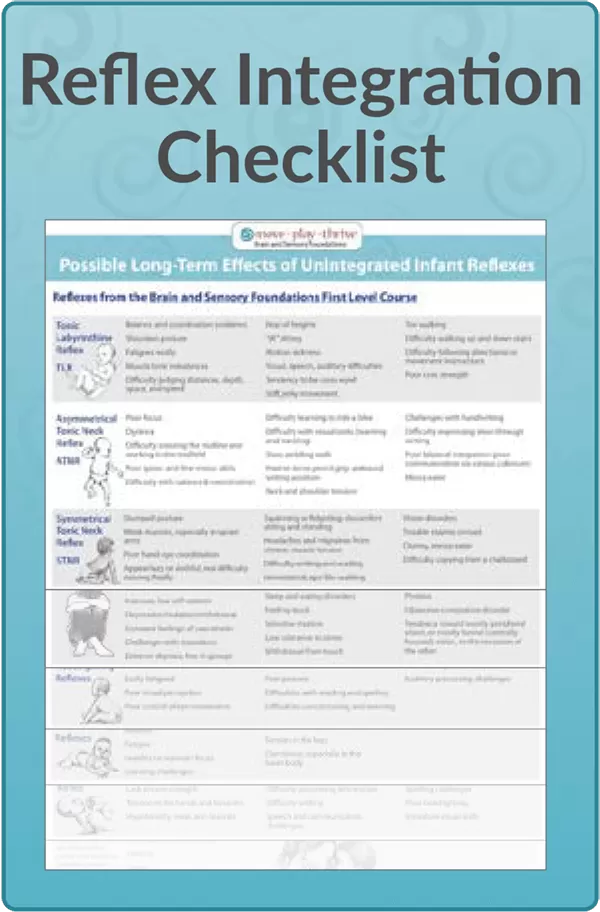Infant Torticollis
 Infant torticollis is a shortening of the sternocleidomastoid muscle on one side of the neck, causing a lateral tilt of the head and chin rotation toward the side opposite the tilt. Torticollis can result from a difficult birth, injury, trauma, or congenital issues.
Infant torticollis is a shortening of the sternocleidomastoid muscle on one side of the neck, causing a lateral tilt of the head and chin rotation toward the side opposite the tilt. Torticollis can result from a difficult birth, injury, trauma, or congenital issues.
Alternately, torticollis may begin in utero if the infant’s head is out of midline alignment for long periods of time.
Integrating primitive reflexes and establishing postural reflexes has been found to help reduce infant torticollis, including late-stage torticollis, in a way that is gentle and developmentally natural. Numerous reflexes influence the level of tension—and therefore length—of the neck muscles, and foster fluid movement of the head from side to side. They also enable proper headrighting, the ability to automatically keep the head in midline.
Primitive and Postural Reflexes that can Help Reduce Infant Torticollis:
- Headrighting Reflexes
- Landau Reflex
- Parachute Reflex
- Facial-Oral Reflexes
- Amphibian Reflex
- Asymmetrical Tonic Neck Reflex
- Birth and Bonding
- Crawling Reflexes
- Crossed Extensor Reflex
- Facial-Oral Reflexes
- Fear Paralysis Reflex
- Feet Reflexes—Plantar & Babkinski
- Foot Tendon Guard
- Hand Reflexes—Grasp, Palmar, and Babkin
- Headrighting Reflexes
- Infant Torticollis
- Landau Reflex
- Moro Reflex
- Parachute Reflex
- Pull-to-Sit Reflex
- Spinal Galant Reflex
- Spinal Perez Reflex
- Symmetrical Tonic Neck Reflex
- Tonic Labyrinthine Reflex


